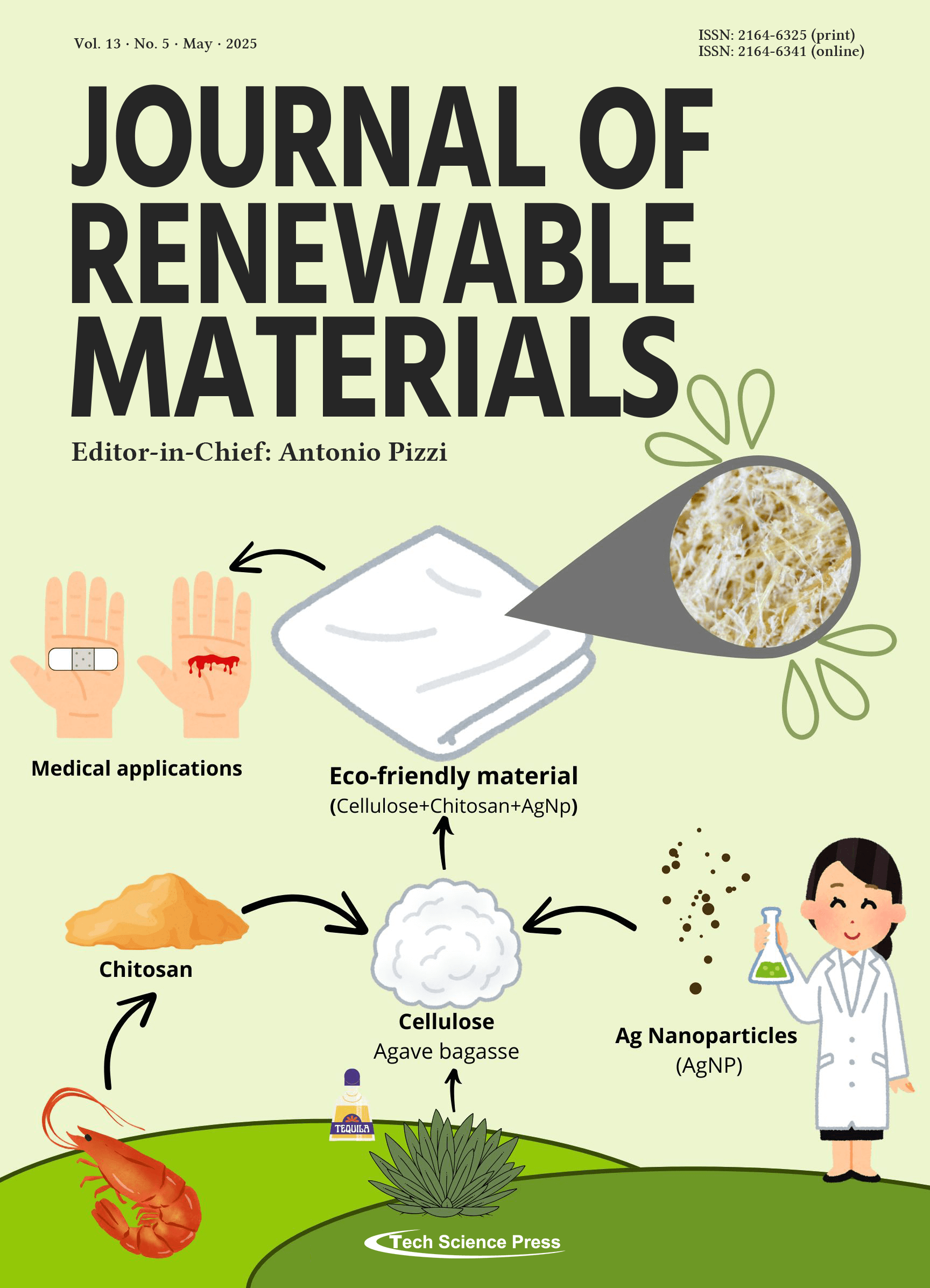
This research is about improving the value of agave bagasse residues by extracting cellulose to develop eco-friendly composite materials for biomedical applications. The materials combine agave cellulose fibers, green-synthesized silver nanoparticles, and shrimp chitosan to enhance antibacterial properties. The goal was to repurpose agro-industrial and marine residues to create affordable wound care materials with broad antimicrobial activity. The synergy between cellulose, chitosan, and silver nanoparticles enhanced and amplified the antibacterial properties, and this was evaluated based on the size and concentration of the nanoparticles.
View this paper